Description
SECOND HAND BOOK
James Dawson (1806–1900) hailed from Bonnytoun, near Linlithgow, Scotland. He arrived in Melbourne on 2 May 1840, with his wife Joan Alexander Park, his nephew Patrick Mitchell, and George and Penelope Selby and their two children. With his wife, Dawson spent the first four years in the colony as a farmer and pastoralist in Port Phillip, near Anderson’s Creek on the Yarra then, from 1844, at Kangatong station in the Port Fairy district, and later he settled near Camperdown.
Dawson lived at Kangatong station, on the Moyne River, east of Macarthur, from 1844 until 1866. During this time, he and his family developed intimate relationships with the Aboriginal people from the country between the Hopkins River and Portland. After leaving Kangatong, the Dawsons lived in various residences in Melbourne and then rented a property, ‘Wuurong’ near Camperdown in 1874. Dawson’s daughter, Isabella, married William A Taylor and they purchased a portion of Wuurong and built the home known as Renny Hill, Camperdown. In 1876 Dawson was appointed local guardian of the Aborigines in the Camperdown district, and cared for a small number of elderly Aboriginal people who were allowed to live in their traditional country rather than be forced to relocate to the Framlingham settlement near Warrnambool. In 1881 Dawson was responsible for five elderly Aboriginal people: Camperdown George, Camperdown Charlie and his wife, Old Tom, and Old Tom’s carer (or ‘keeper’) Robin Hood. Dawson’s role as local guardian ended in 1883 when the last Aboriginal person in the district, Camperdown George, died.
A recent examination of Dawson’s advocacy notes that, as well as being an advocate for, and guardian of, Aboriginal people, Dawson was a commissioner of artworks, an animal rights spokesman, and an environmental preservationist. Furthermore, Dawson was an avid letter writer, writing many under his own name, but also using aliases such as ‘The Australian’ and ‘Giff-Gaff’ – the latter being British dialect for an exchange of words, banter, or repartee: ‘Dawson was also keen to interrogate the morality of pastoral wealth accumulation on the back of Aboriginal disenfranchisement’.
In 1882, Dawson visited his native Scotland, and returned to Victoria in 1884. One of the reasons for his overseas trip was to meet with the colonial secretary in London and discuss recent massacres of Aboriginal people in Queensland by black troopers. In terms of the drivers of Dawson’s interests it has been contended that, although we can see glimpses of a ‘stern and moral Presbyterian Scot’, he was also a man of scientific bent, who was keen to combine his scientific curiosity with his advocacy for Aboriginal interests in an attempt to expose ignorance and misinformation about Aboriginal culture and society. He was dedicated to exposing injustice and the maltreatment of Aboriginal people.
In 1881 he published a major ethnography of the Aboriginal people of western Victoria and, in that work, he made his views clear about the recording and retention of Indigenous placenames. James Dawson’s interest in Indigenous placenames
This work collates, for the first time, his voluminous public correspondence found in Australian and Scottish newspapers
Specifications:
Condition: Excellent. Looks “New’
Publisher: Self-published
Year: 2022
Format: Paperback
Pages: 366
ISBN: 9798432041982
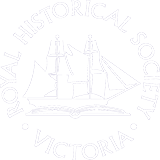
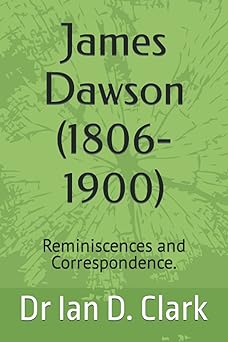

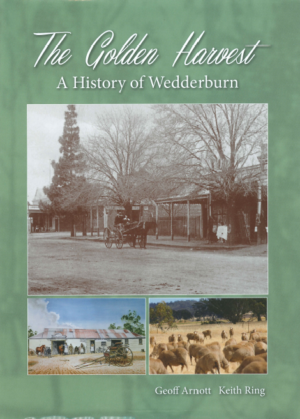


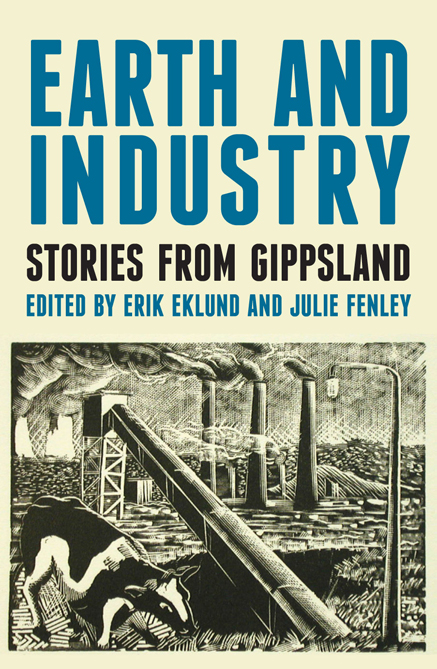



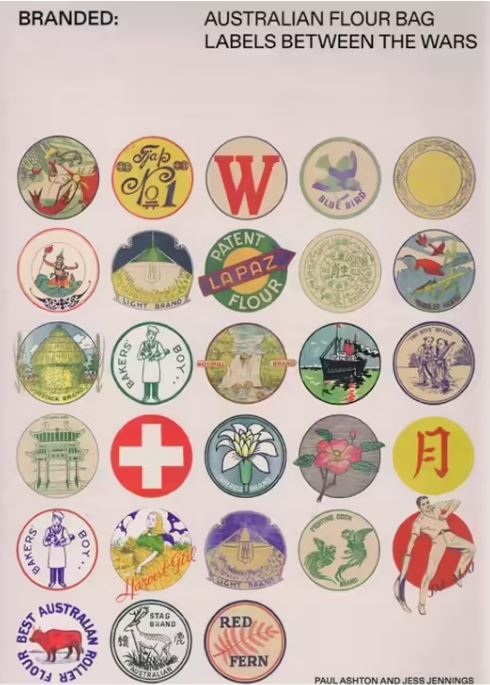
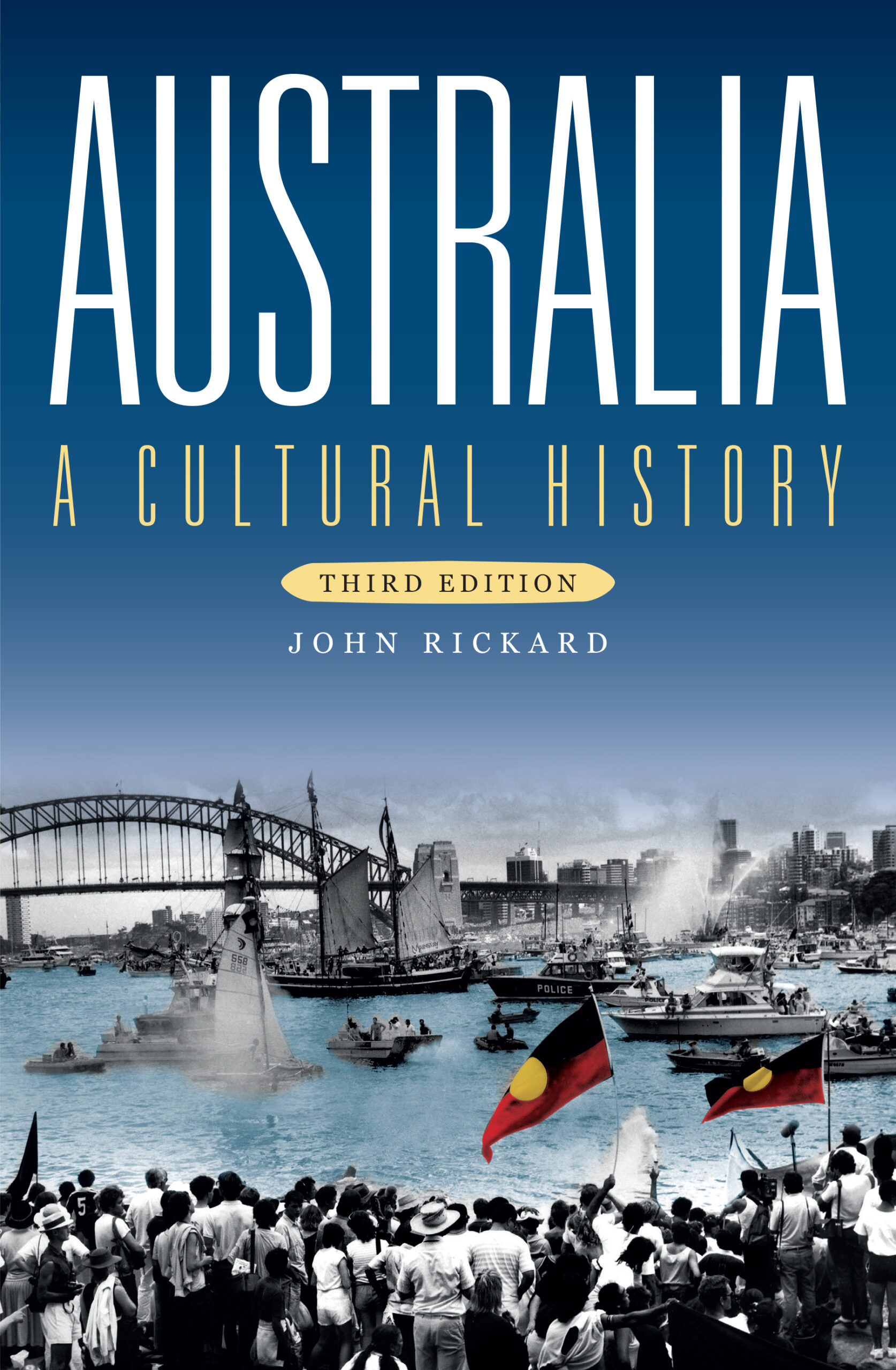
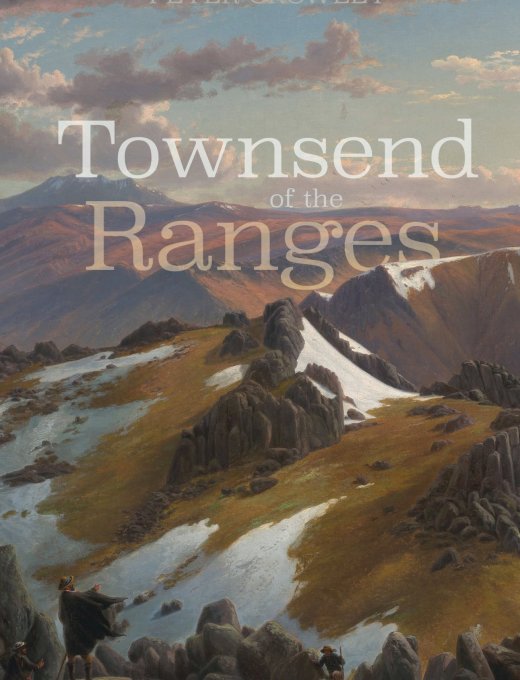

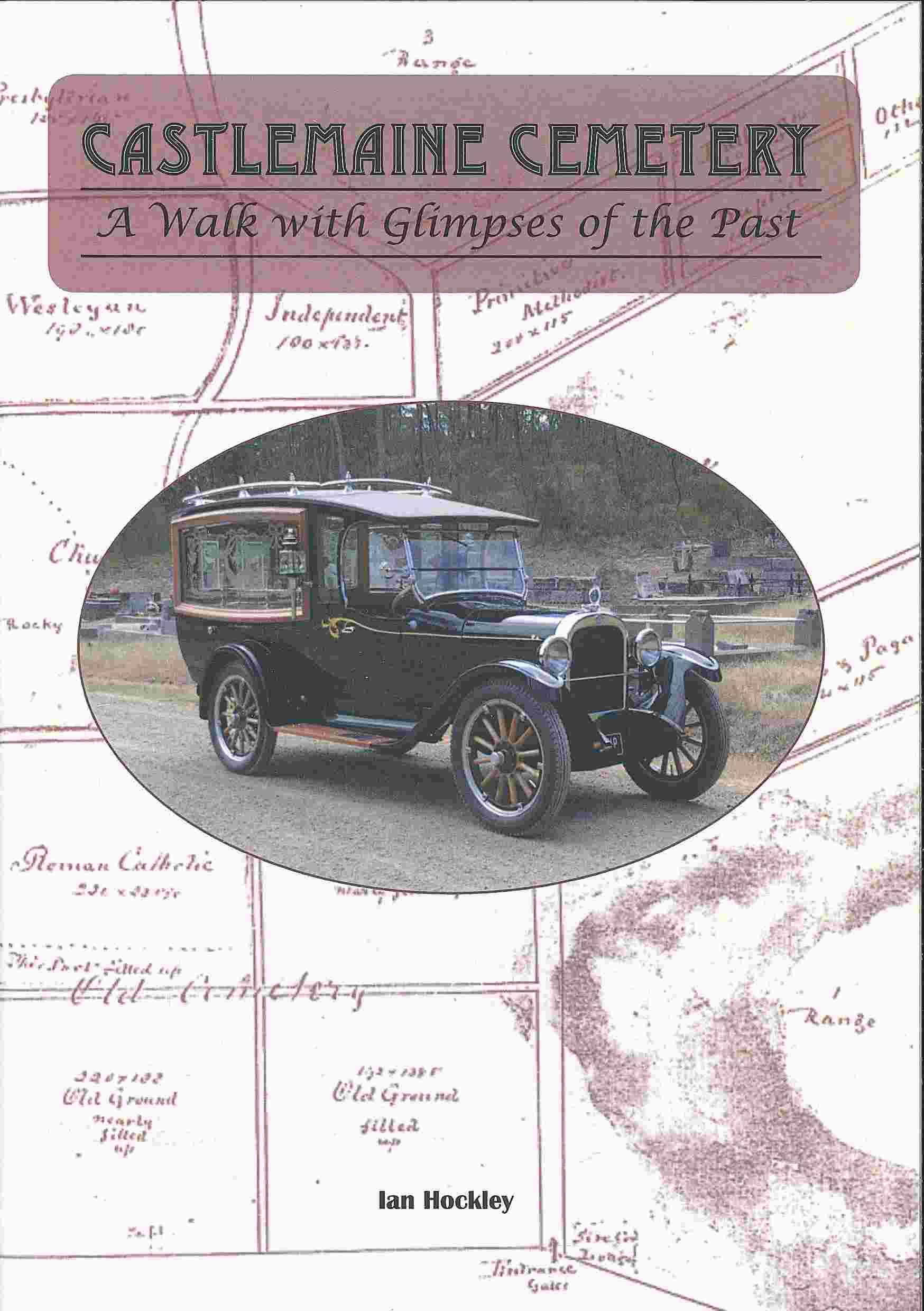

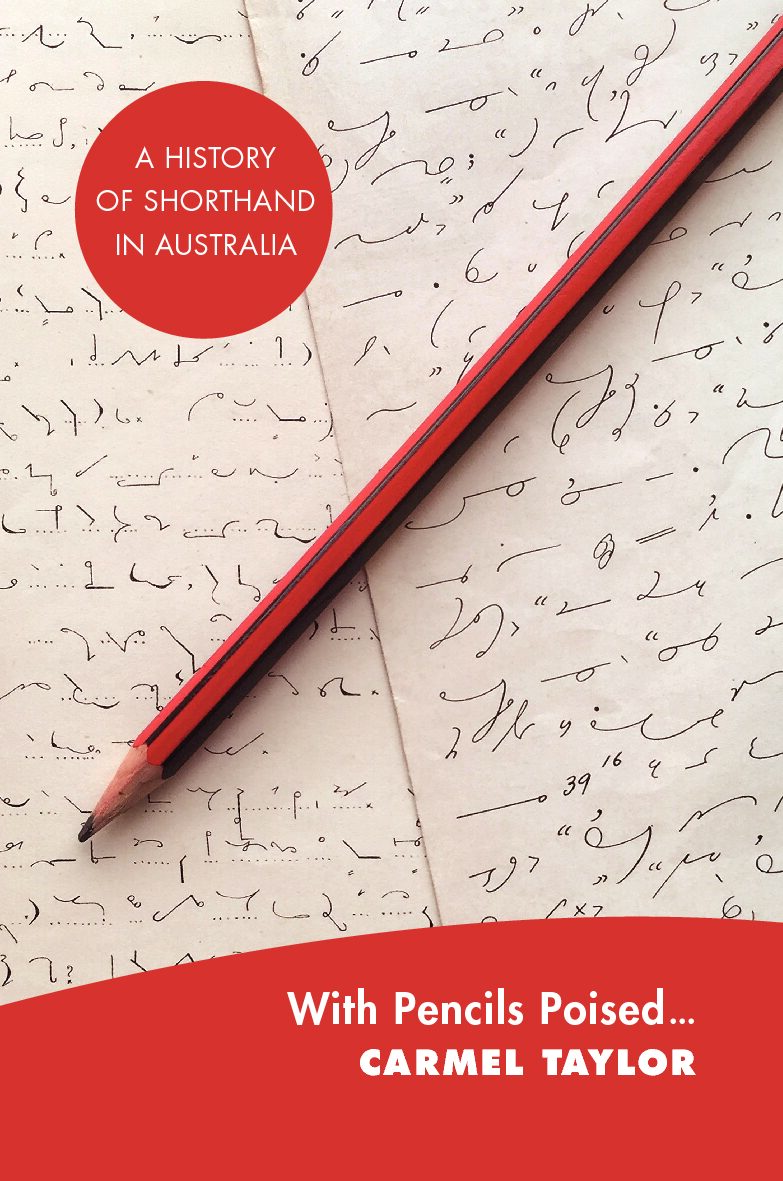
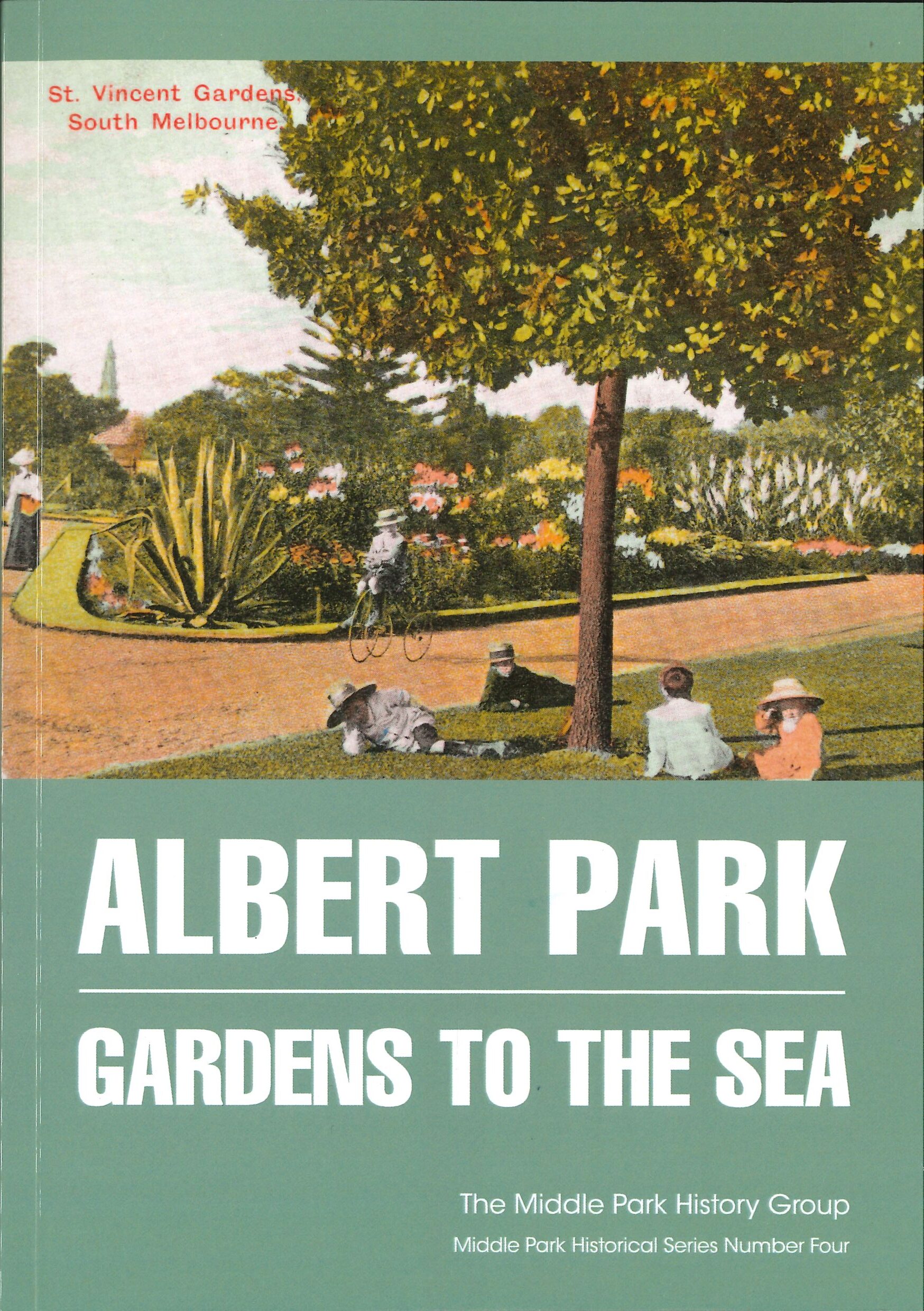

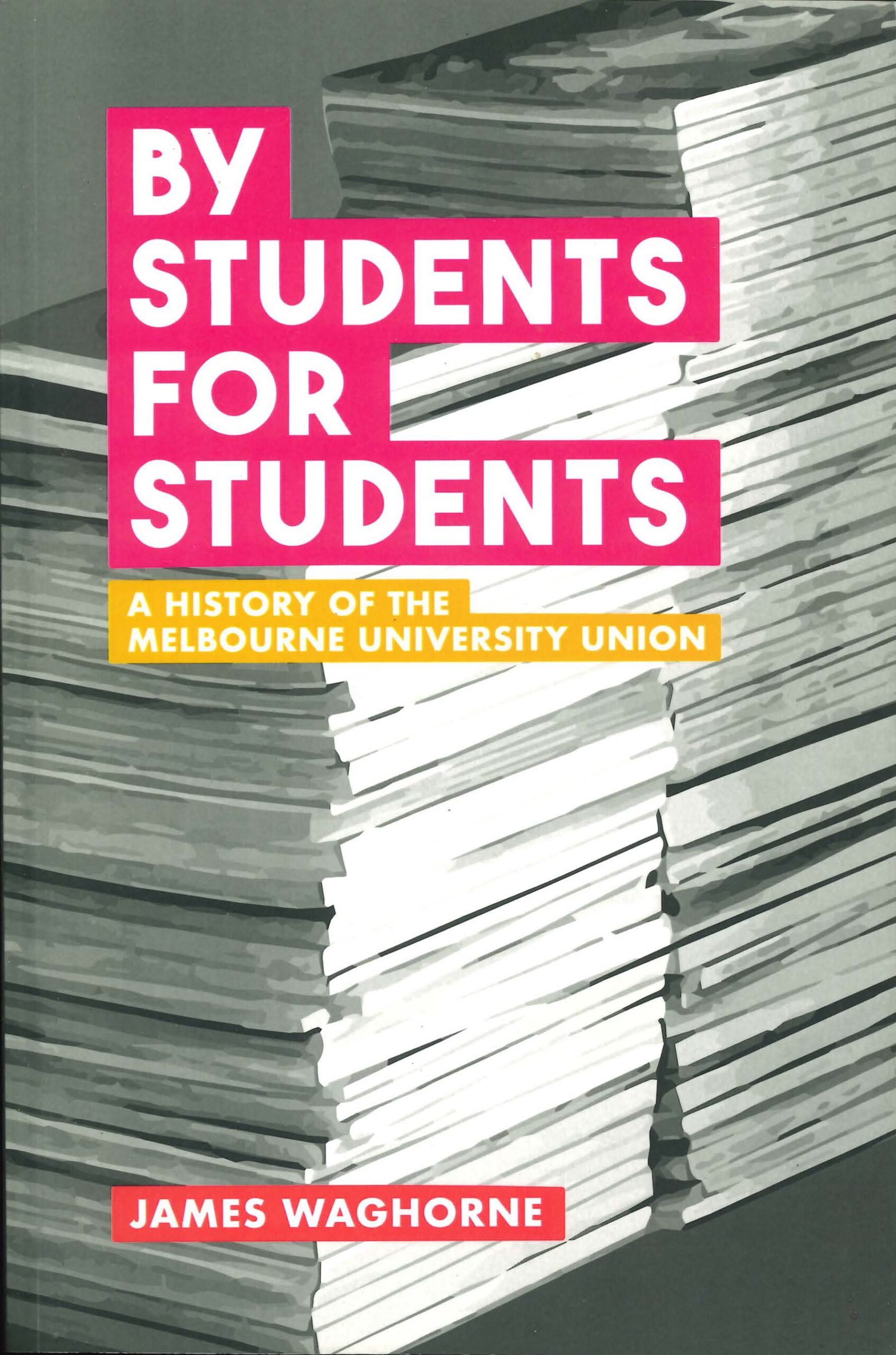



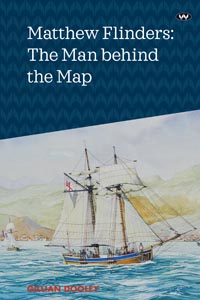
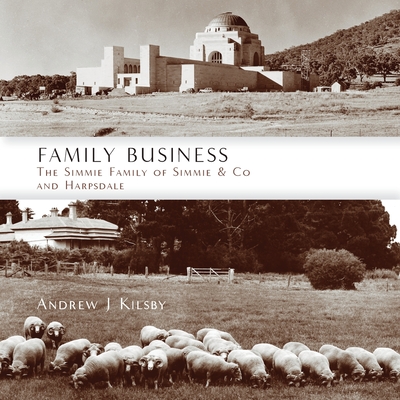
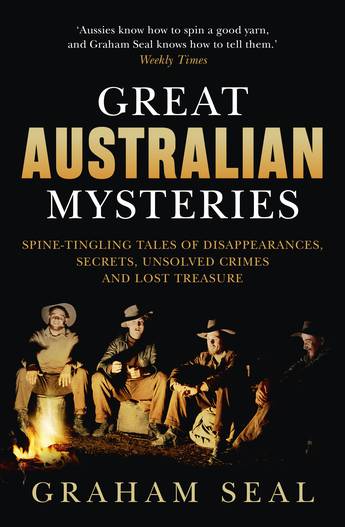
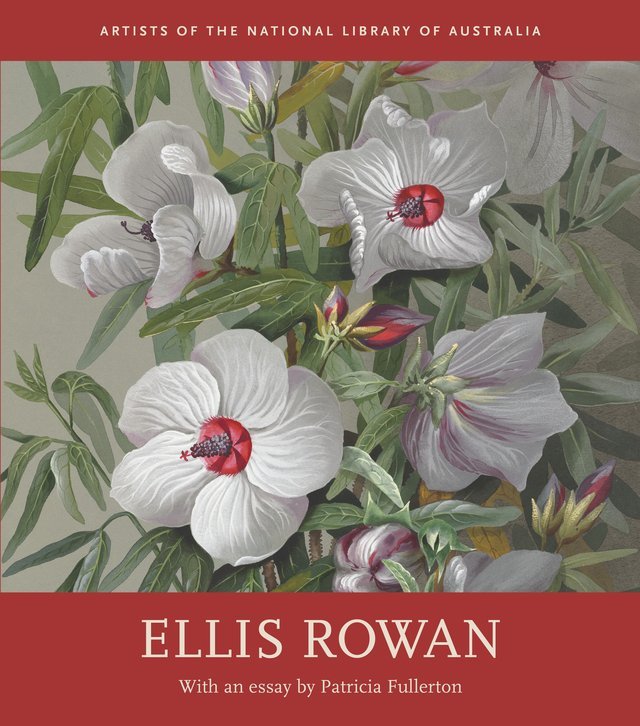

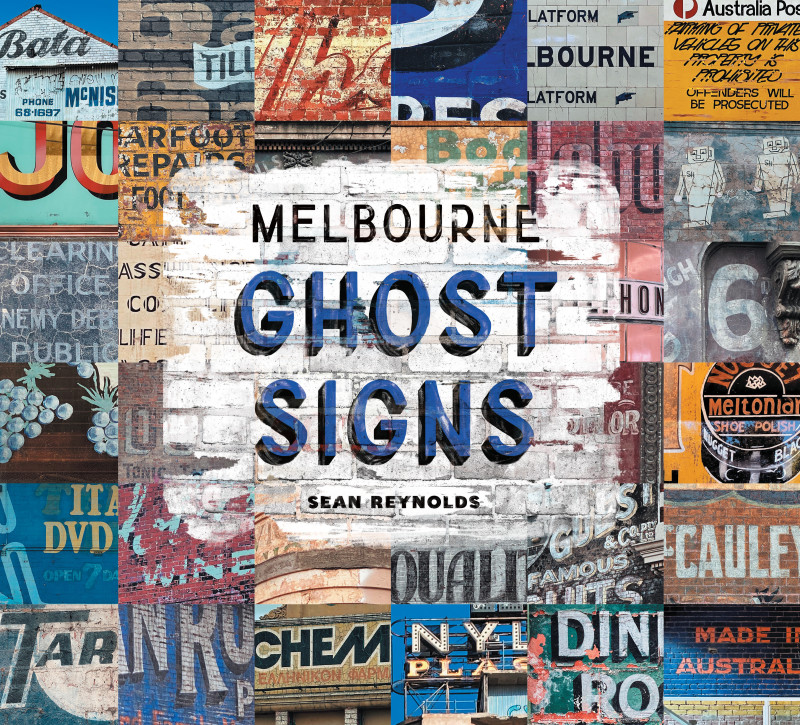

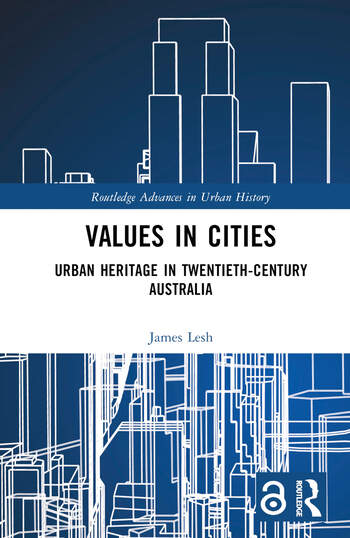
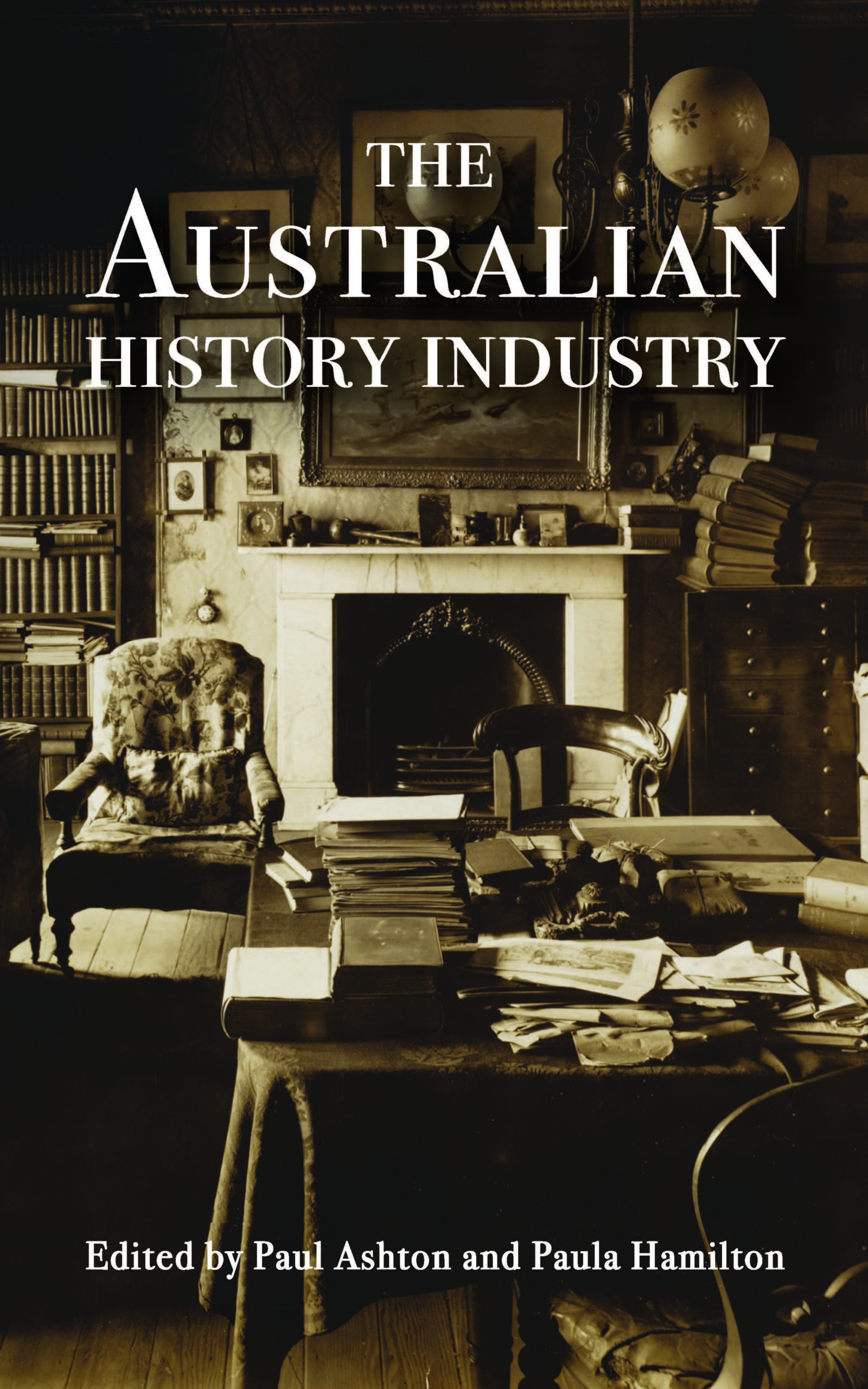
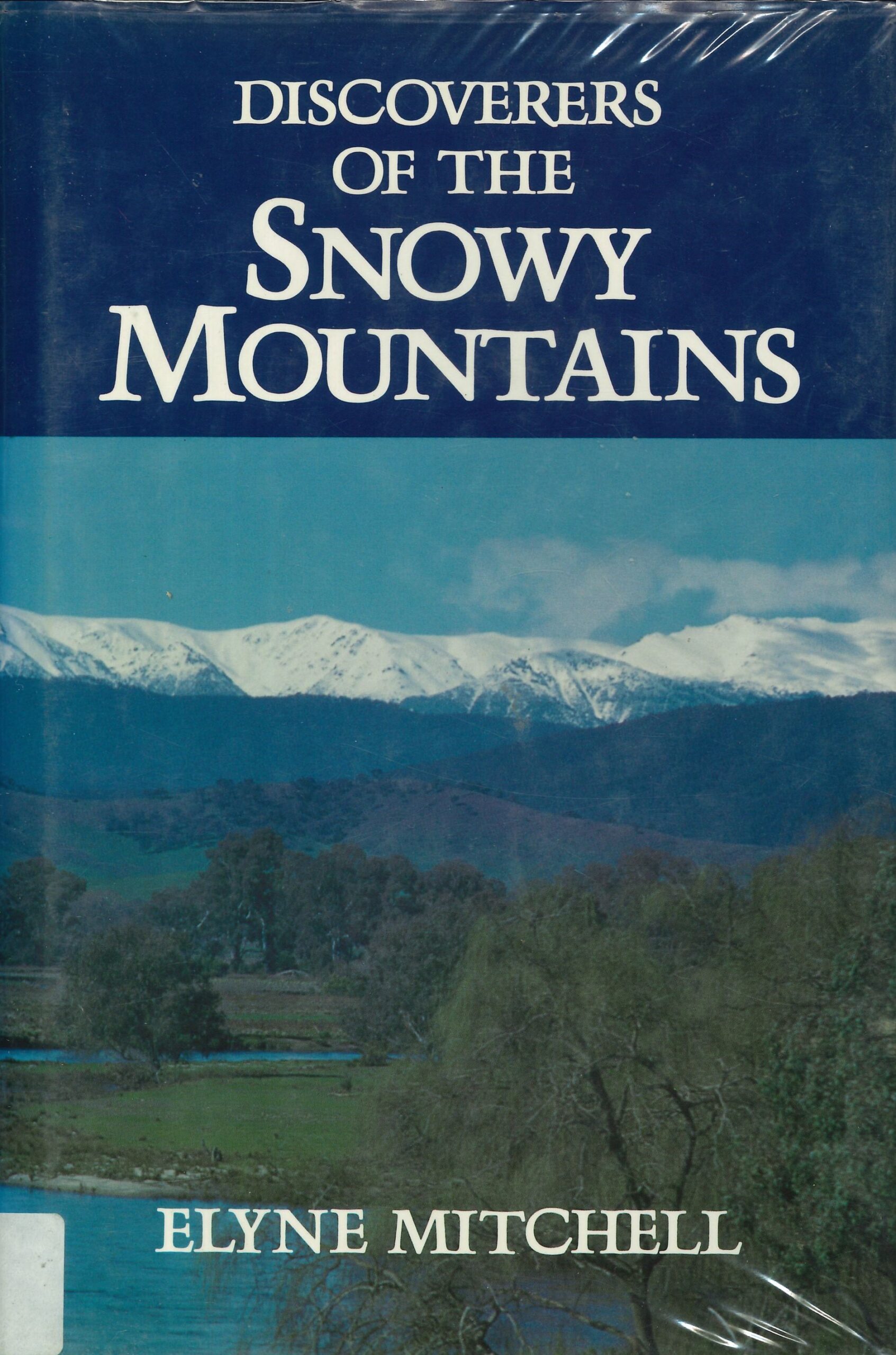
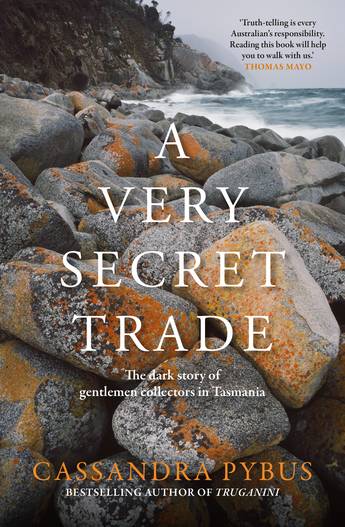
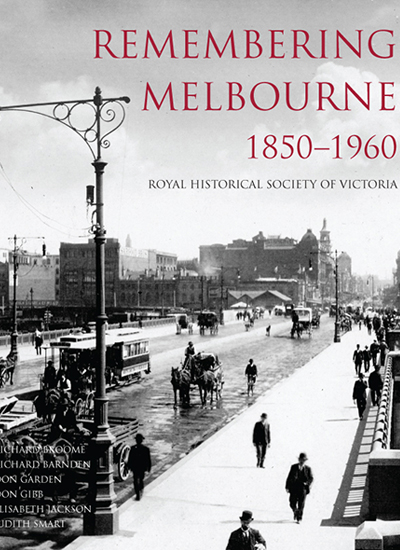
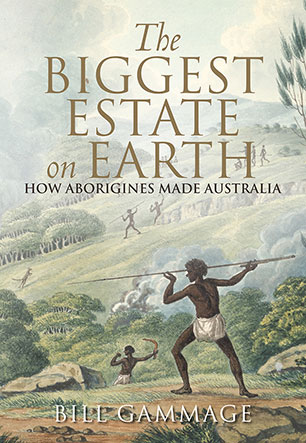
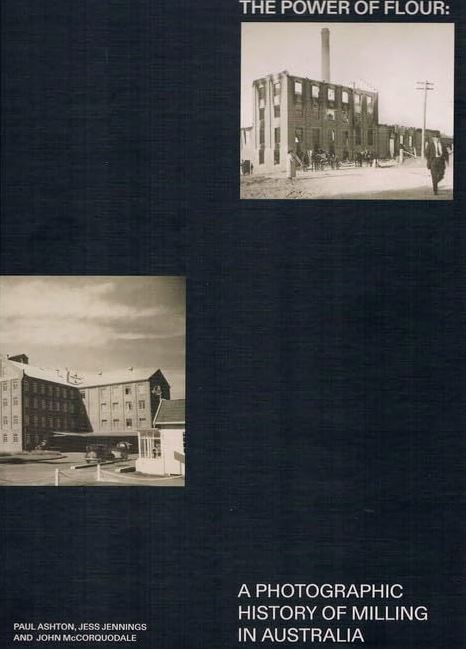
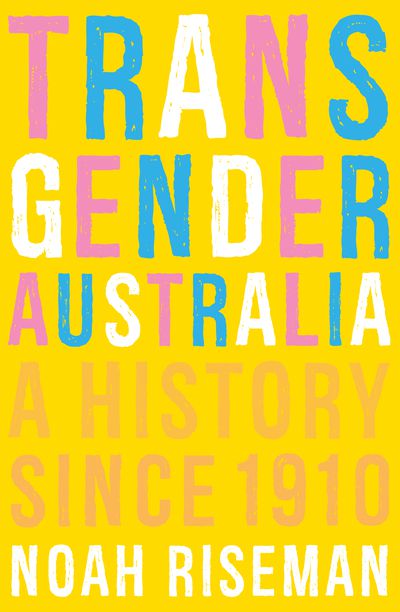
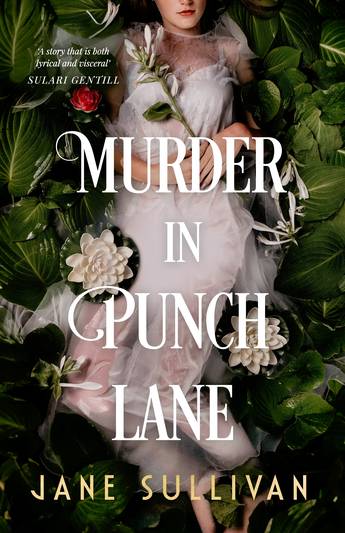






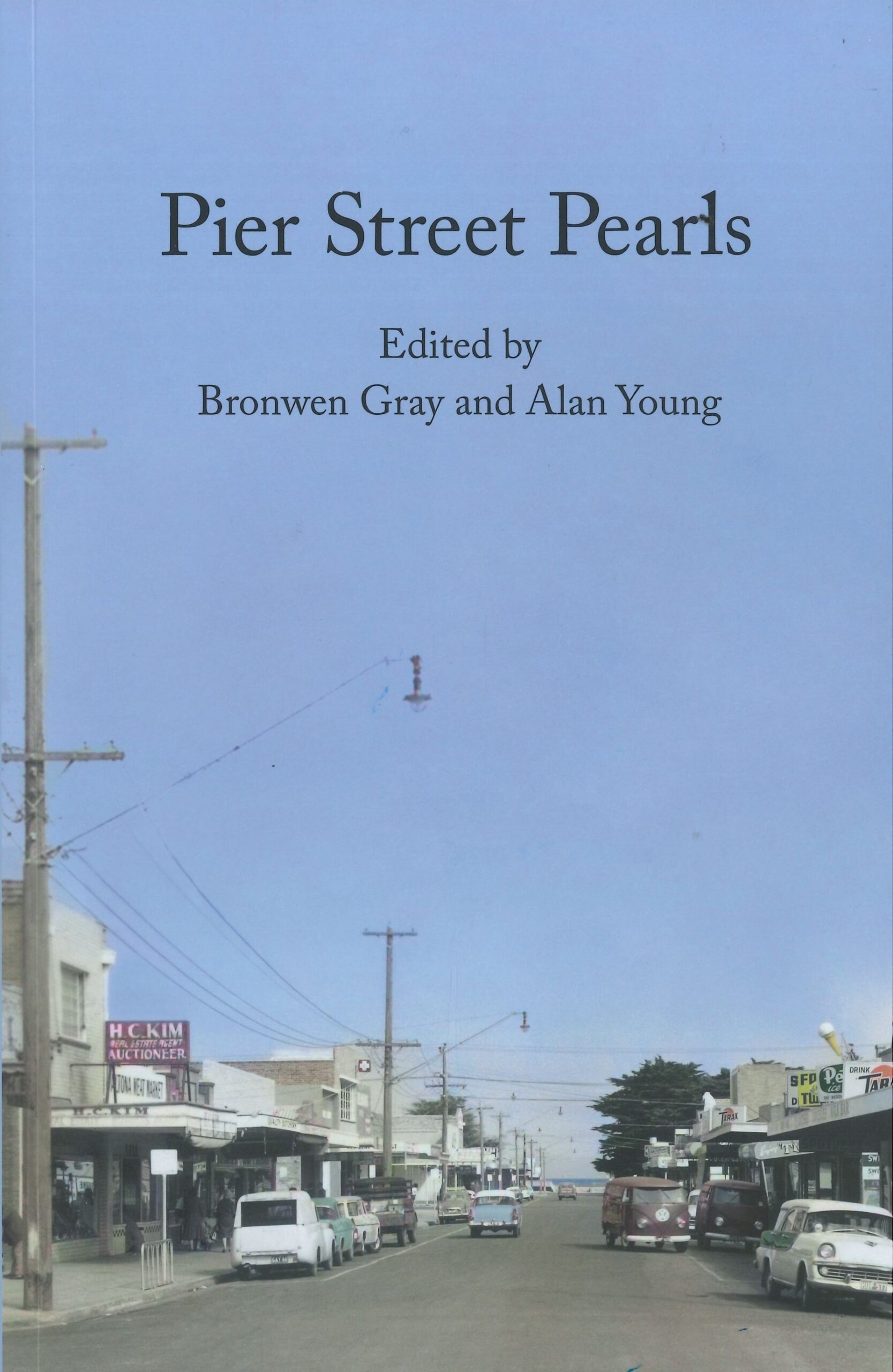
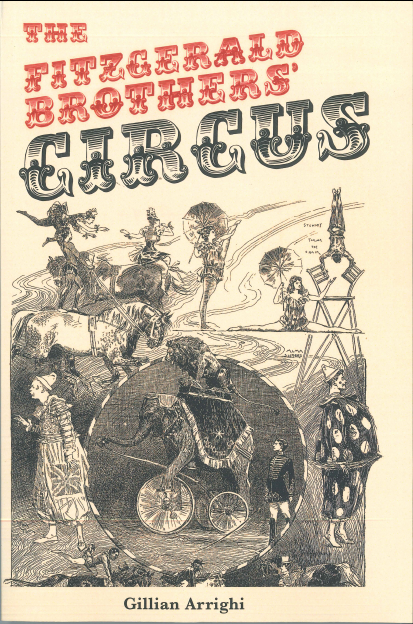


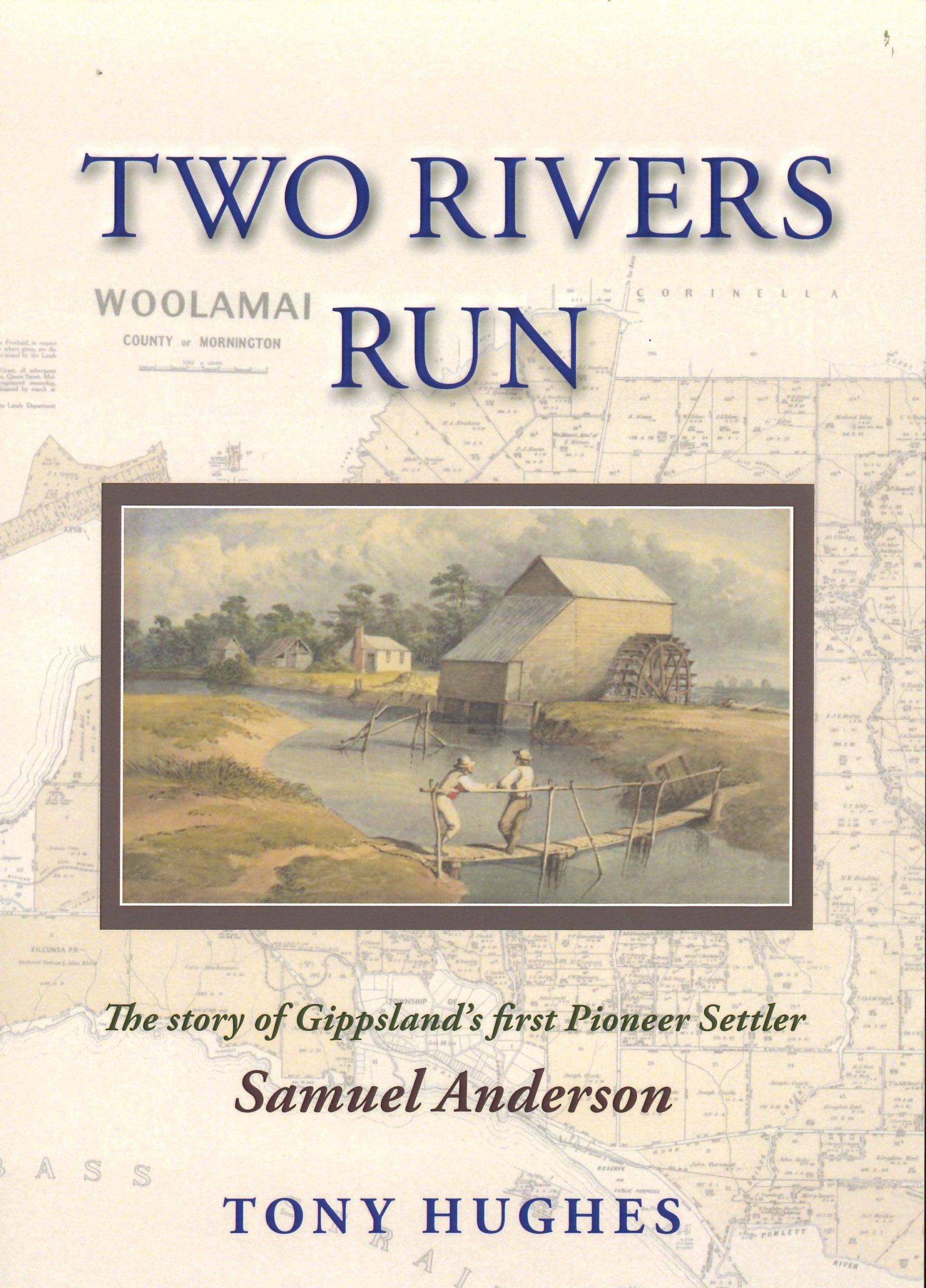
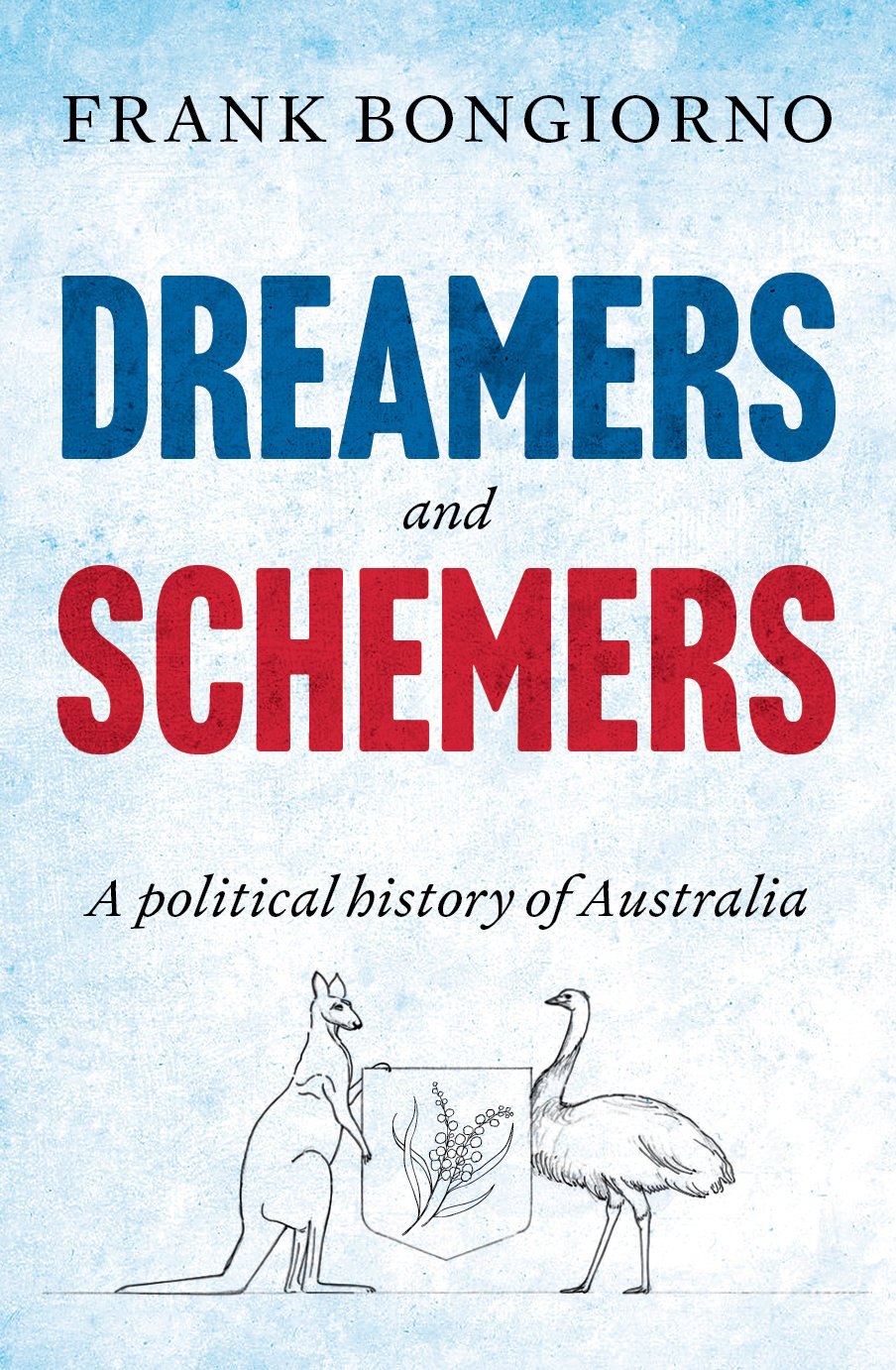

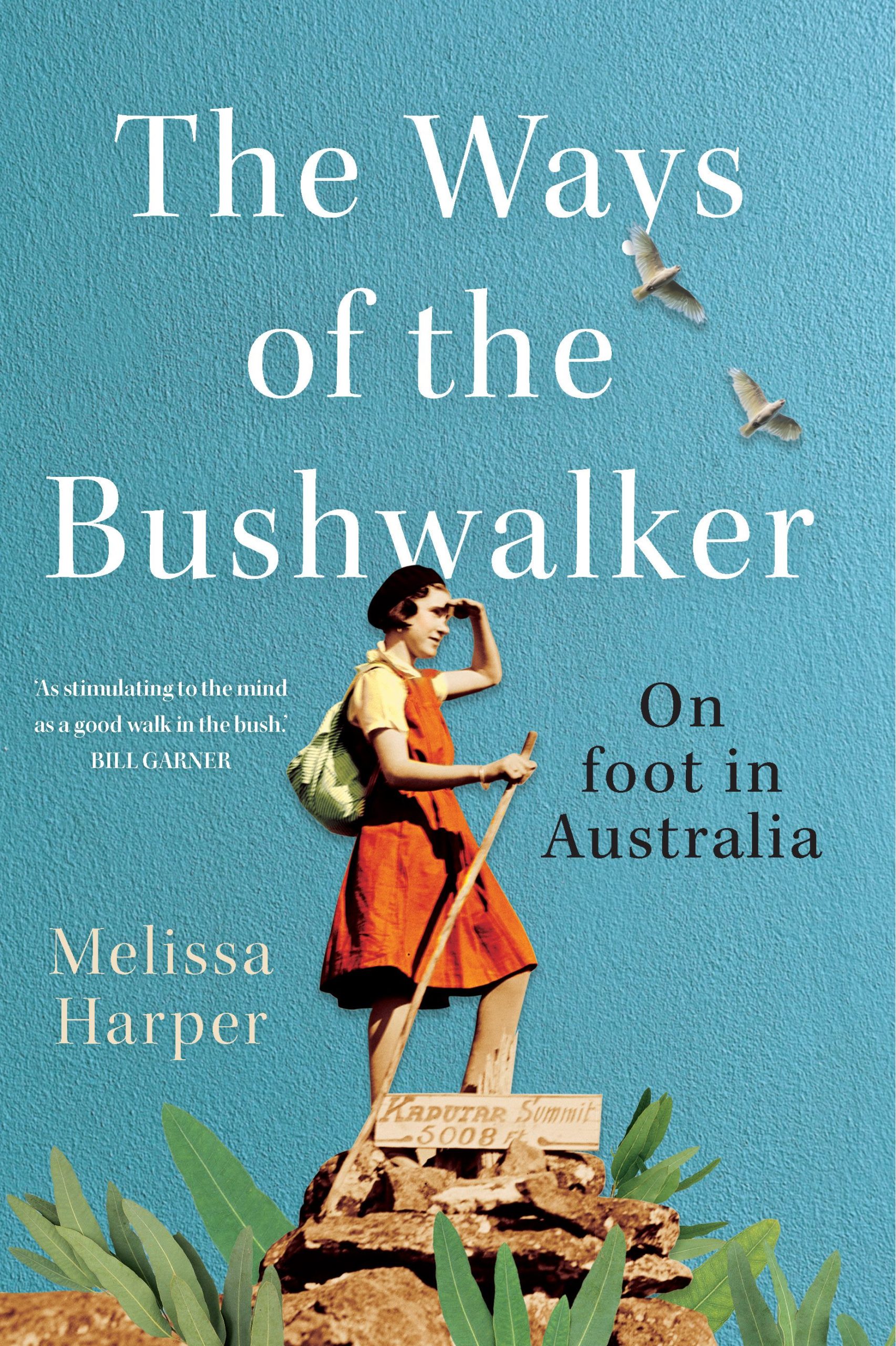
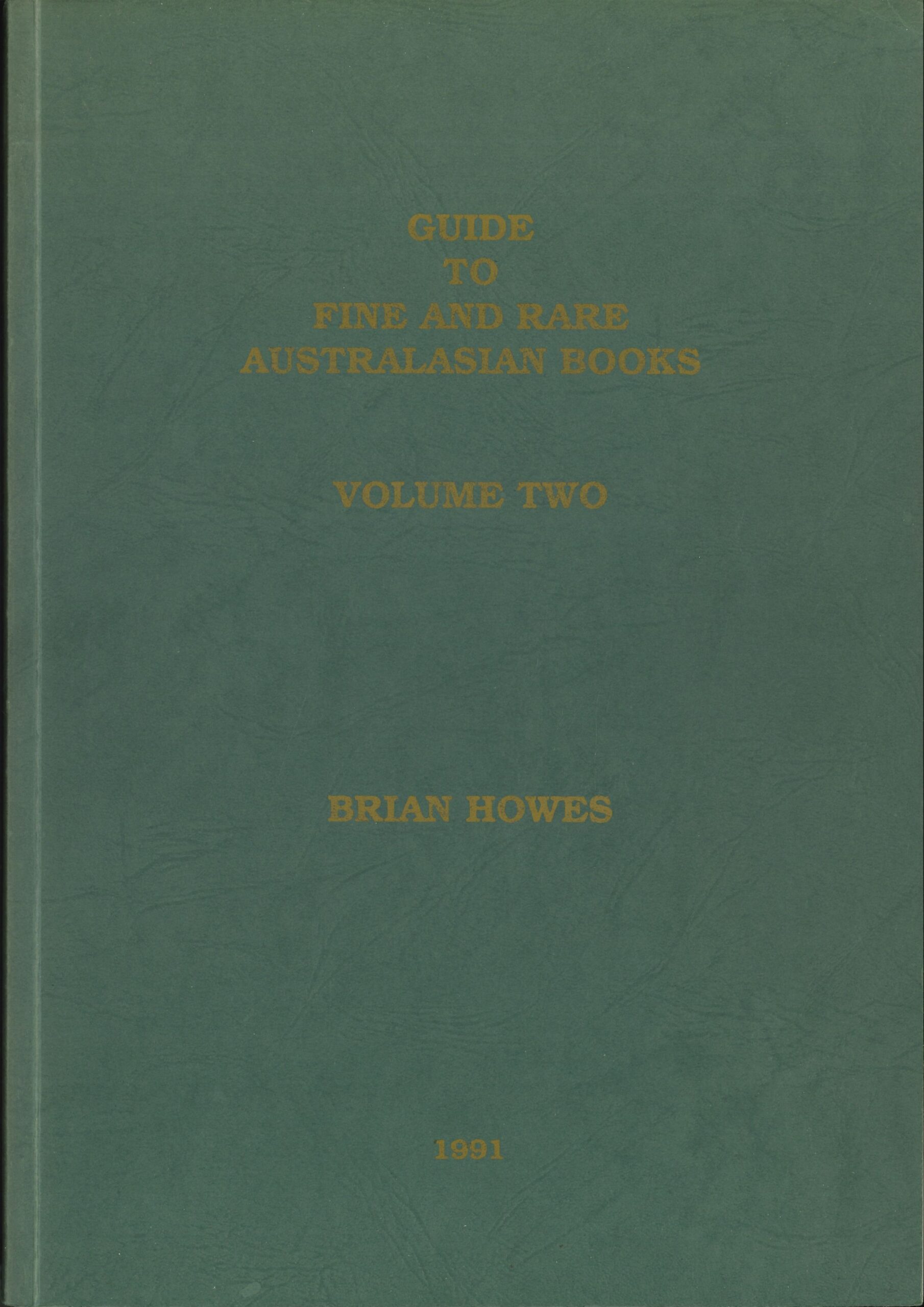
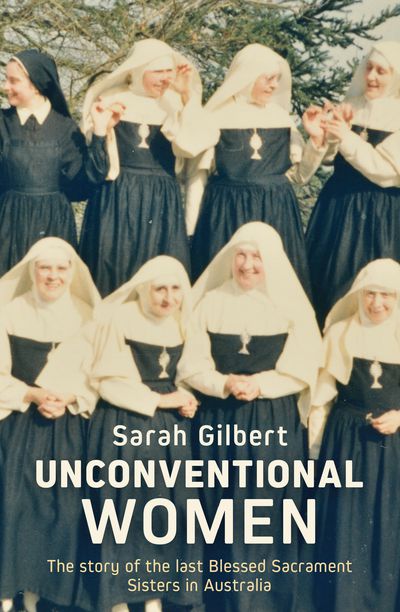
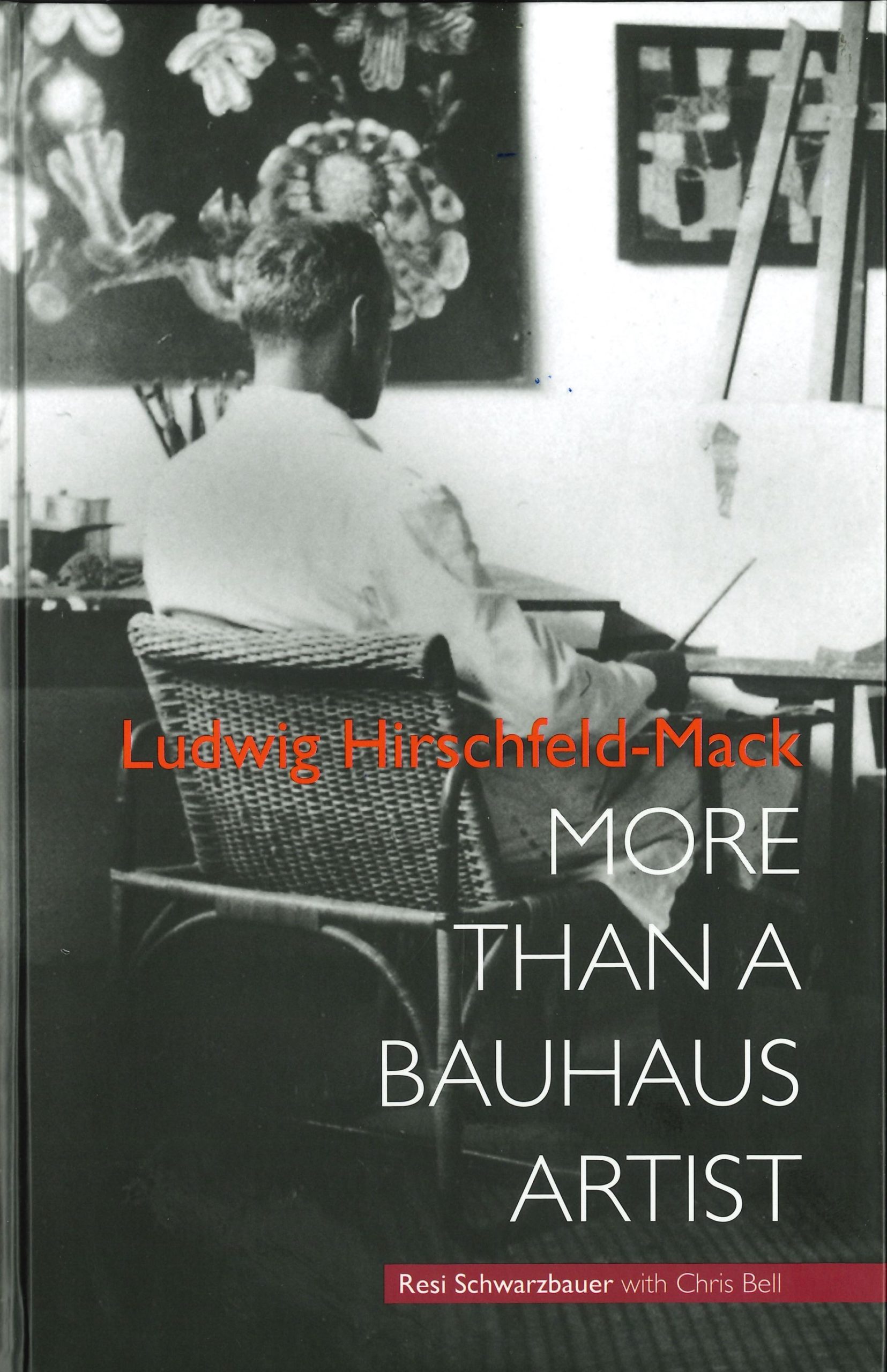
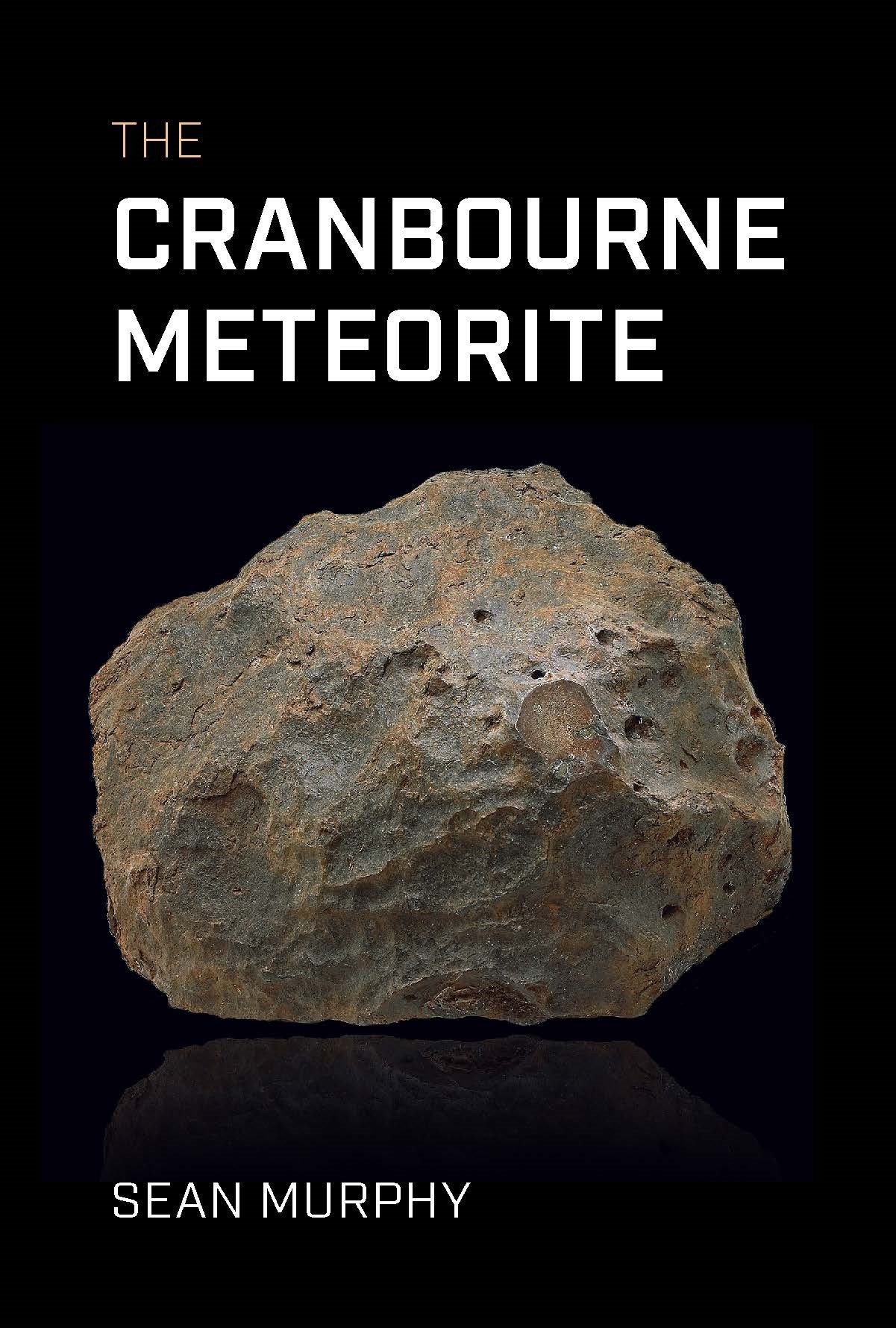



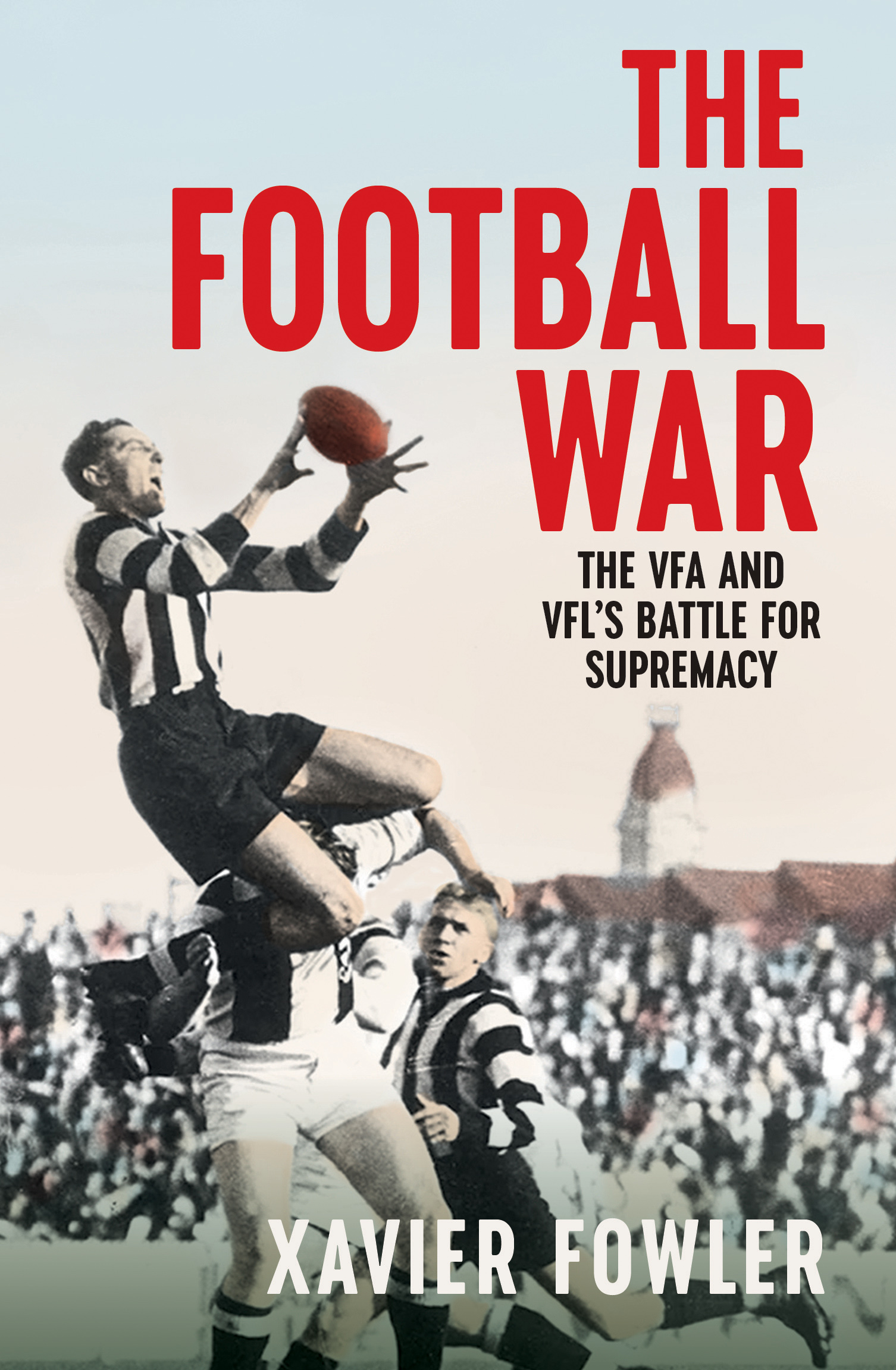
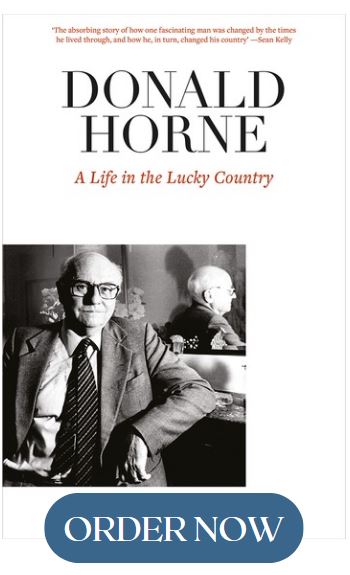
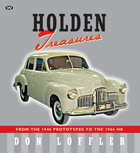


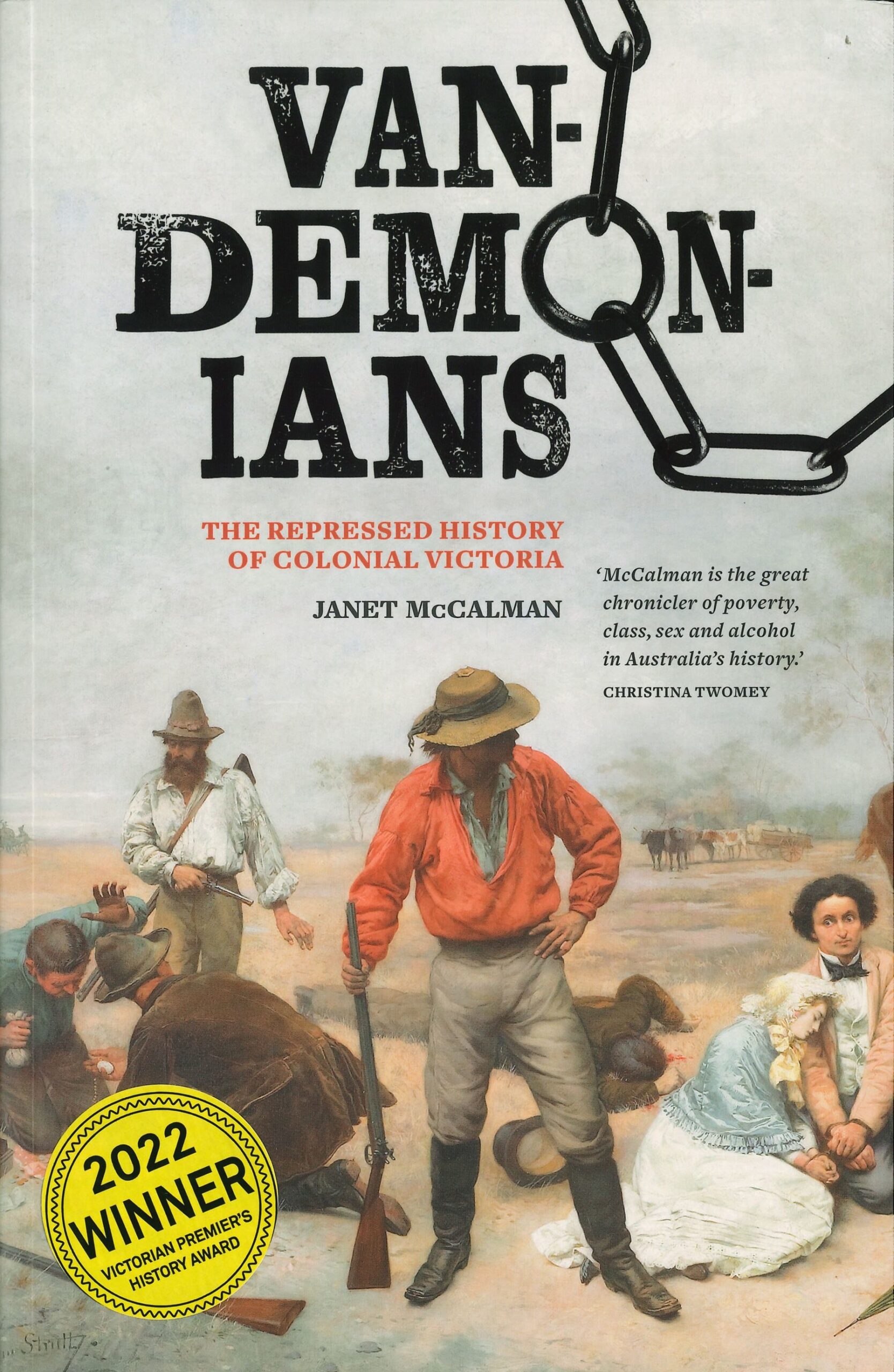
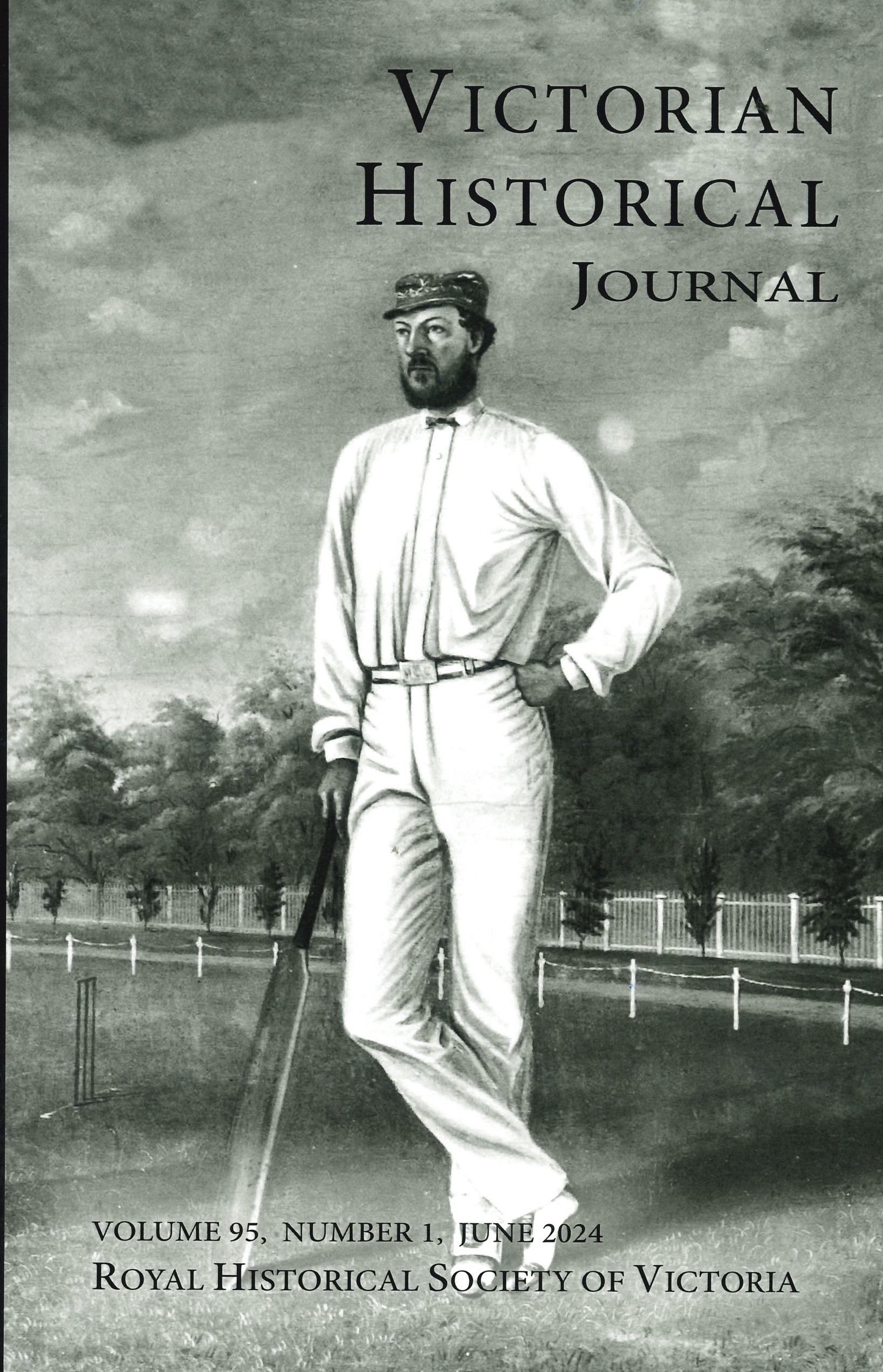


 239 A'Beckett Street Melbourne, Victoria, 3000
239 A'Beckett Street Melbourne, Victoria, 3000  03 9326 9288
03 9326 9288  office@historyvictoria.org.au
office@historyvictoria.org.au  Office & Library: Weekdays 9am-5pm
Office & Library: Weekdays 9am-5pm


Book Reviews Reviews
There are no reviews yet.